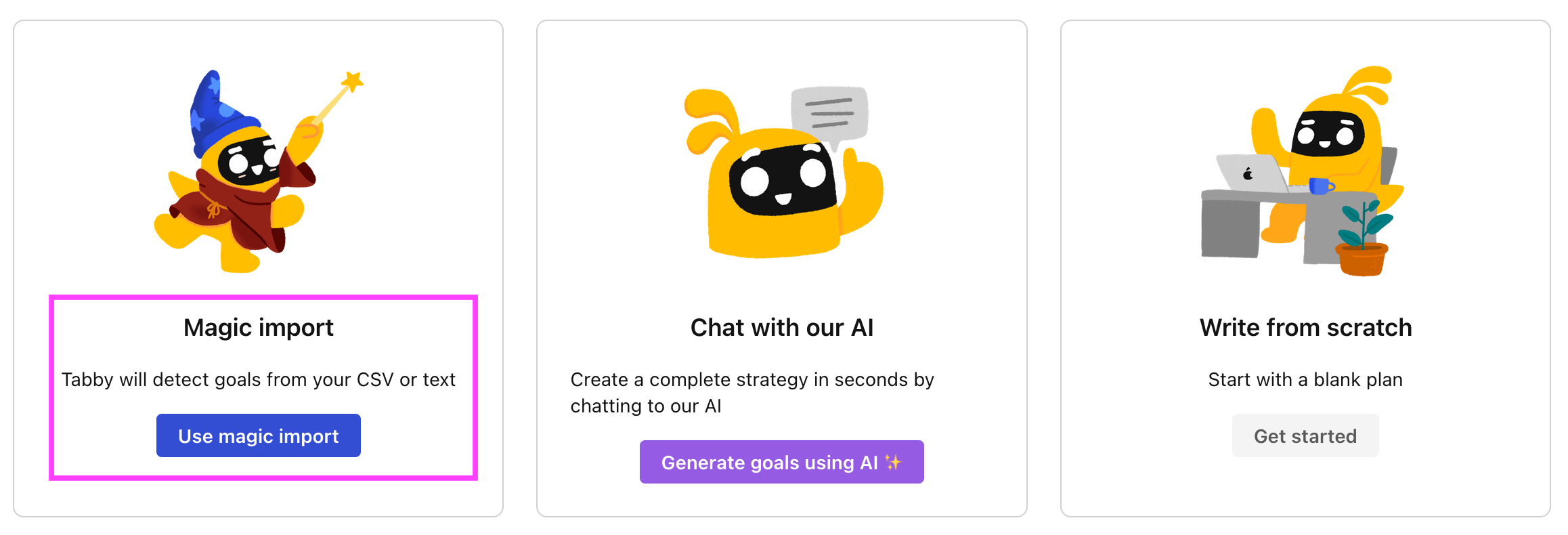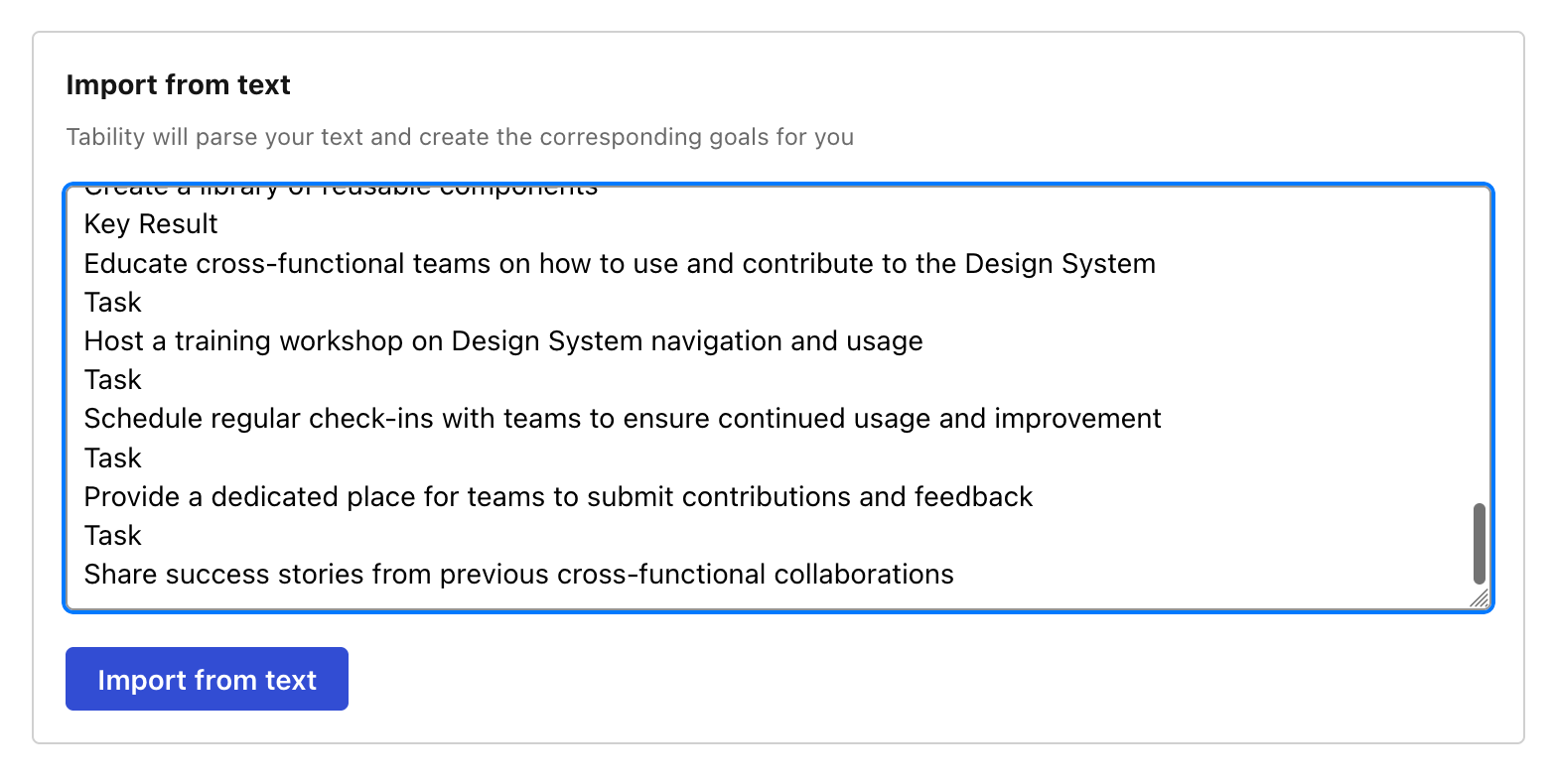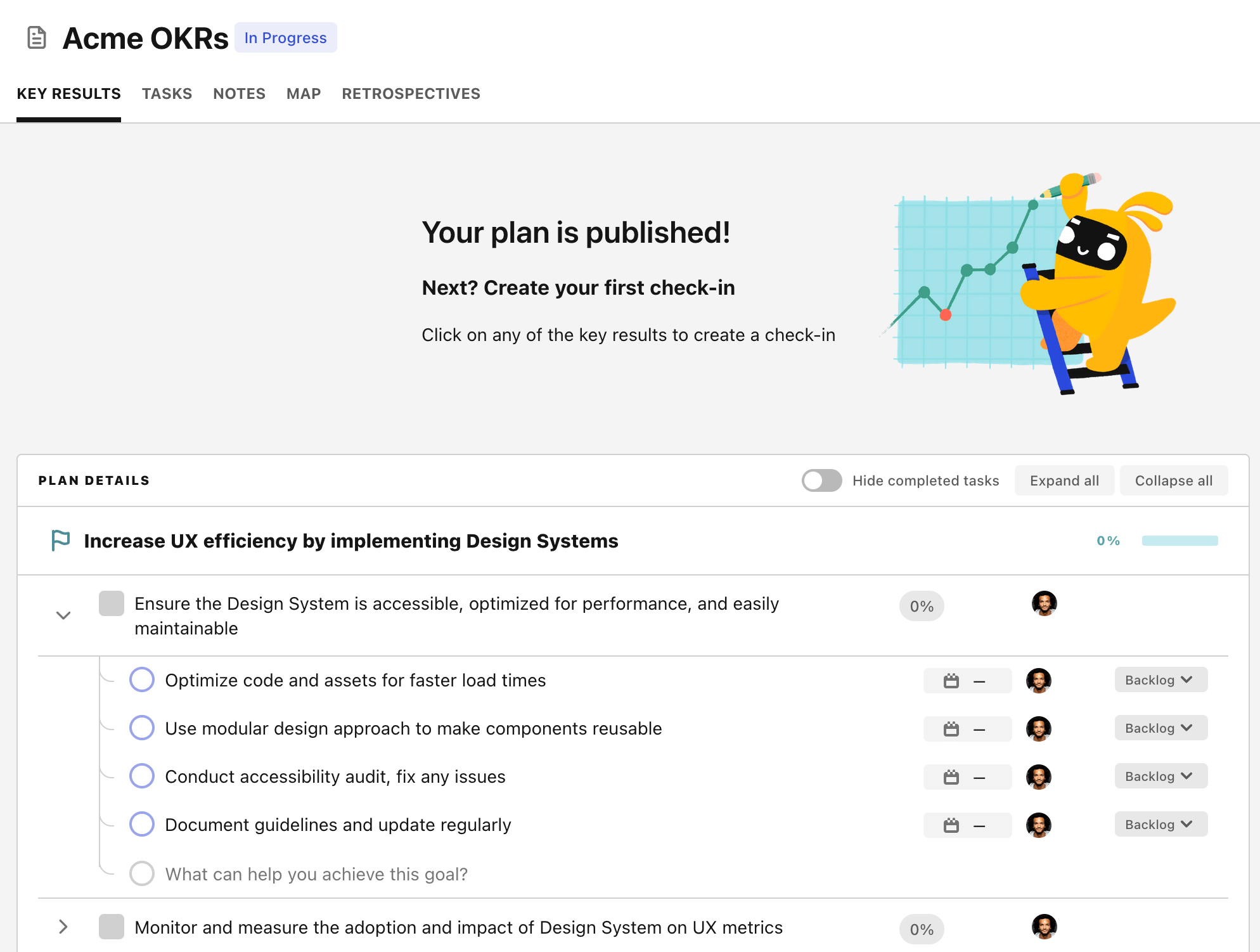OKR template to enhance the effectiveness of reusable content patterns through user validation and refinement
Your OKR template
Another key target is to implement and evaluate improvements in the content pattern, with an aim to reduce user complaints by 25%. The initiatives under this encompass monitoring user feedback, developing and implementing modifications in the content pattern, and analysing the existing pattern for potential enhancements.
Further, this OKR strives to boost the user satisfaction rate by 20% based on survey responses. Regular satisfaction surveys for continual enhancement, improving content based on user feedback, and analysing survey data to comprehend points of user dissatisfaction are the defined initiatives to reach this goal.
Overall, this OKR is focused on tapping into user feedback to fine-tune and refine reusable content patterns, aiming to lessen complaints and increase user satisfaction.
ObjectiveEnhance the effectiveness of reusable content patterns through user validation and refinement
KRSurvey at least 100 real users to obtain feedback on the current content pattern
Execute the survey and collect user feedback
Design a detailed survey about content pattern
Identify 100 real users for feedback gathering
KRImplement and test improvements in the content pattern, reducing user complaints by 25%
Monitor user feedback and adjust accordingly
Develop and implement changes in content pattern
Analyze current content pattern for potential improvements
KRIncrease the content pattern's user satisfaction rate by 20% based on survey results
Implement regular satisfaction surveys for constant improvement
Improve content based on user feedback insights
Analyze survey data to understand user dissatisfaction points
How to edit and track OKRs with Tability
You'll probably want to edit the examples in this post, and Tability is the perfect tool for it.
Tability is an AI-powered platform that helps teams set better goals, monitor execution, and get help to achieve their objectives faster.
With Tability you can:
- Use AI to draft a complete set of OKRs in seconds
- Connect your OKRs and team goals to your project
- Automate reporting with integrations and built-in dashboard
Instead of having to copy the content of the OKR examples in a doc or spreadsheet, you can use Tability’s magic importer to start using any of the examples in this page.
The import process can be done in seconds, allowing you to edit OKRs directly in a platform that knows how to manage and track goals.
Step 1. Sign up for a free Tability account
Go tohttps://tability.app/signup and create your account (it's free!)
Step 2. Create a plan
Follow the steps after your onboarding to create your first plan, you should get to a page that looks like the picture below.

Step 3. Use the magic importer
Click on Use magic import to open up the Magic Import modal.
Now, go back to the OKR examples, and click on Copy on the example that you’d like to use.

Paste the content in the text import section. Don’t worry about the formatting, Tability’s AI will be able to parse it!

Now, just click on Import from text and let the magic happen.

Once your example is in the plan editor, you will be able to:
- Edit the objectives, key results, and tasks
- Click on the target 0 → 100% to set better target
- Use the tips and the AI to refine your goals
Step 4. Publish your plan
Once you’re done editing, you can publish your plan to switch to the goal-tracking mode.

From there you will have access to all the features that will help you and your team save hours with OKR reporting.
- 10+ built-in dashboards to visualise progress on your goals
- Weekly reminders, data connectors, and smart notifications
- 9 views to map OKRs to strategic projects
- Strategy map to align teams at scale